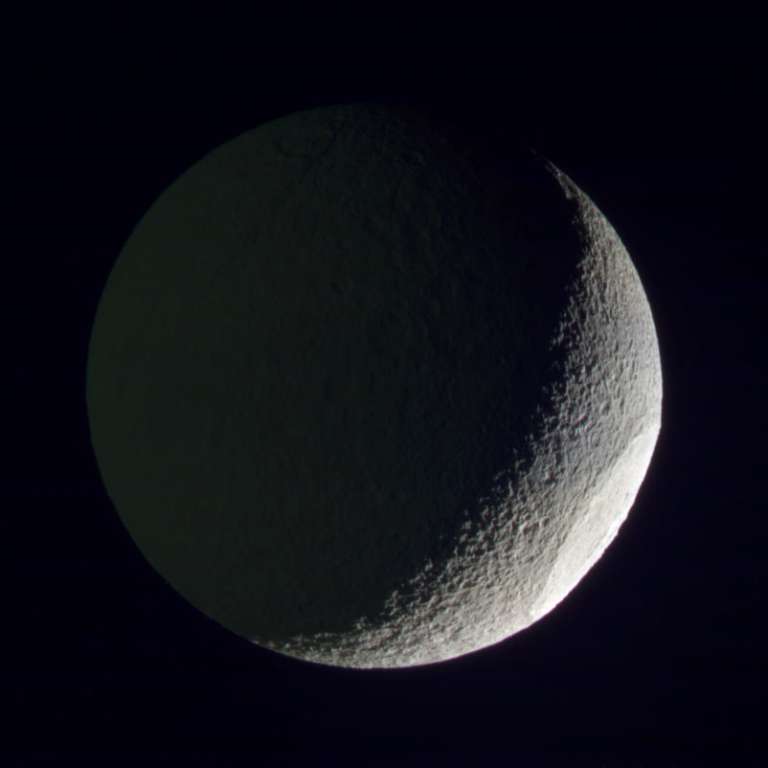

However, its sensitivity and astrometric capabilities have. It is expected that Gaia will detect some tens of thousands of exoplanets out to 500 parsec (around 1600 light-years) from the Sun by measuring the wobble they cause in the path followed by their parent stars on the sky. The GRAVITY instrument was primarily conceived for imaging and astrometry of the Galactic centre. The presence of one or more objects (other stars or planets) orbiting a star perturbs its motion, and this perturbation is reflected in the positions, which do not quite match a pure stellar motion described with parallax and proper motion. This observed parameter changes relative to how fast or slow a planet is moving in its orbit as it transits the star. For each star, scientists will eventually determine five parameters: the two-dimensional position of the star on the plane of the sky at a reference time, the two-dimensional proper motion (the projection on the sky of the star's true motion through the Galaxy), and the parallax (the annual shift of the star's apparent position due to Earth's motion around the Sun). Astrometric observations usually consist of measurements of the separation and position angle of the secondary star (or directly imaged exoplanet), relative to. The transit duration (T) of an exoplanet is the length of time that a planet spends transiting a star. In addition, the presence a planet orbiting the star perturbs its motion, and this perturbation (shown in brown) is reflected in the star's path across the sky.ĮSA's Gaia mission is observing more than one billion stars over five years.

Each oscillation corresponds to one year. Combined with astrometry measurements that could reveal hundreds of rocky exoplanets in neighboring systems, astronomers could be on the verge of finding life beyond Earth.
#Astrometry exoplanets series#
This animation shows the observed path across the sky, over four years, of a star that is orbited by a planet.Īs is the case for all stars, there are two main components to this motion: a linear path across the sky caused by the star's motion through the Galaxy, and a series of oscillations, caused by the motion of the Earth around the Sun.


 0 kommentar(er)
0 kommentar(er)
